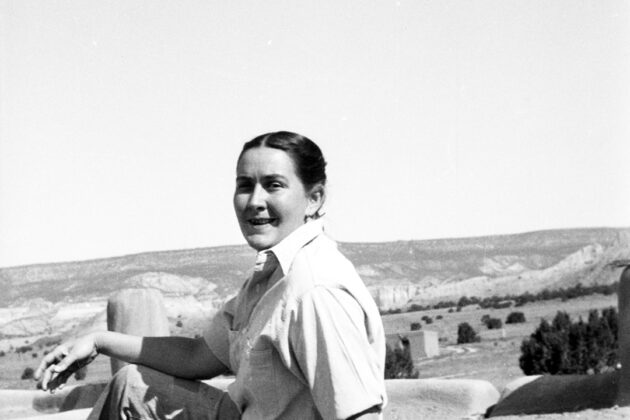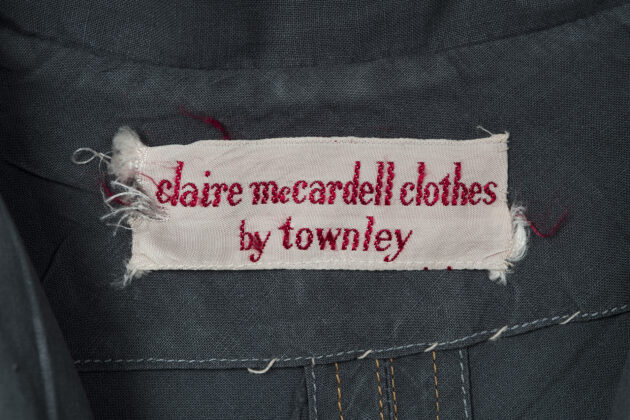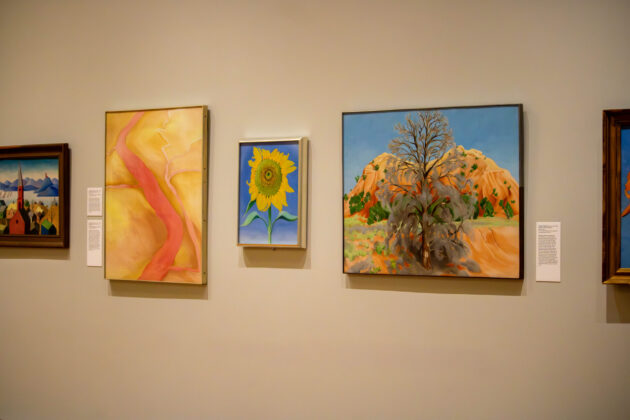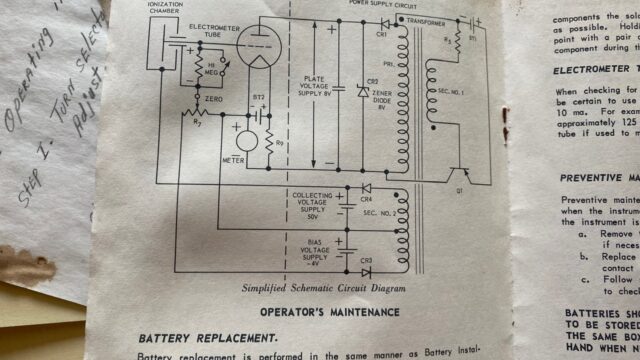
Georgia O’Keeffe’s Subterranean Fallout Shelter
To celebrate American Archives Month 2023, which occurs every October, we are featuring aspects of the newly processed collections from the Michael S. Engl Family Foundation Library and Archive. This year, we are spotlighting the Georgia O’Keeffe Papers, to celebrate the completion of processing the collections and the publication of the finding aid after many years and several archivists!
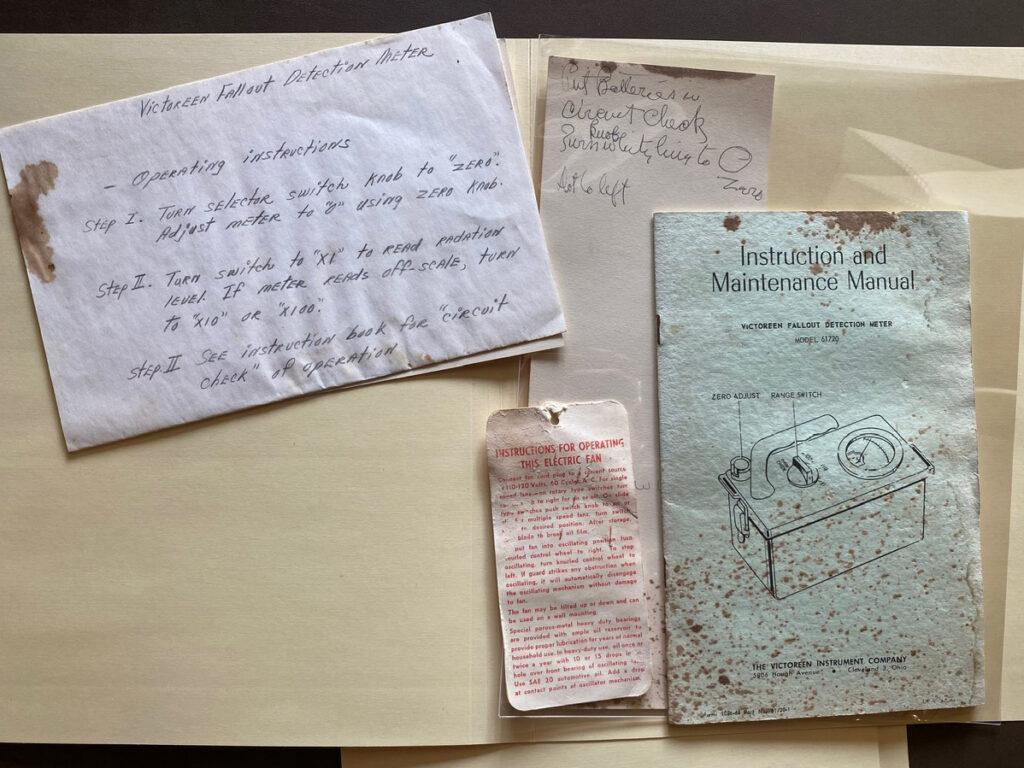
A fascinating element of the Georgia O’Keeffe Papers documents Georgia O’Keeffe’s subterranean fallout shelter located at her Abiquiú Home and Studio. Georgia O’Keeffe was born in 1887 into a post-Civil War America. She lived through the Depression, World War II, the Vietnam War, and much of the Cold War. She began spending her summers at the Ghost Ranch cottage in 1935, and 10 years later, she bought a house down the road in Abiquiú. O’Keeffe moved in for good in 1949 – the year that the Soviet Union detonated their first nuclear test in Kazakhstan. Throughout the 1950s, nuclear tests took place all over the New Mexican desert, and O’Keeffe would have known about the infamous “Trinity” test that took place in 1945.
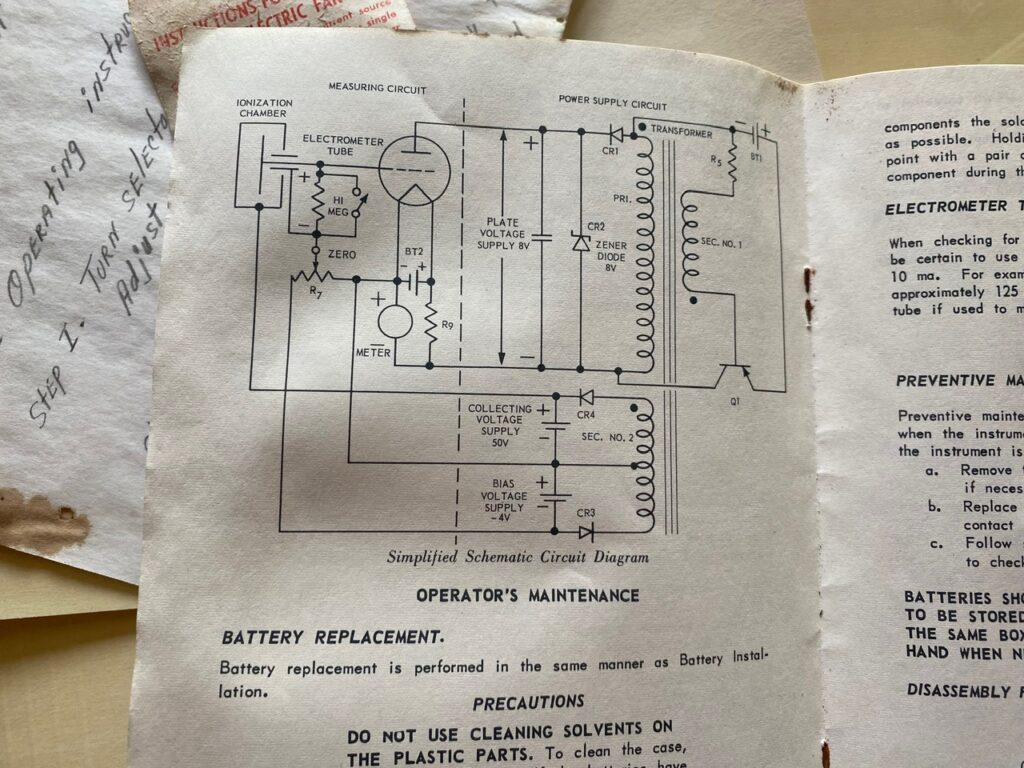
By 1965, an estimated 200,000 fallout shelters had been built across the country. According to Pita Lopez, Project Director for the Abiquiú Historic Properties, O’Keeffe built hers in the early 1960s because she “wanted to be around to see what the landscape would look like if there was ever a catastrophe.” The archival materials include handwritten instructions for reading the Victoreen Fallout Detection Meter, which was a device that would “tell you at a glance the rate of exposure at moment of exposure and helps you seek a safe refuge immediately. A precision instrument for protecting against lethal gamma rays from atomic fallout, it is the civilian version of the official model sold to the government by Victoreen.”
—
The Michael S. Engl Family Foundation Library and Archive serves the public by collecting, providing access to, and preserving information about Georgia O’Keeffe and her contemporaries, related regional histories, and Modernism. The Research Collections and Services team is available to answer questions, share resources, and help with your research projects; you can contact the Library & Archive here.
